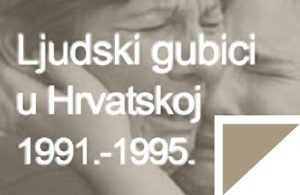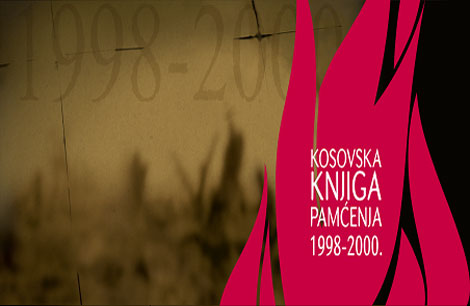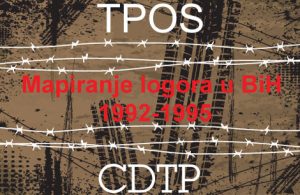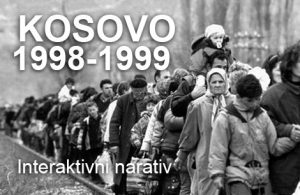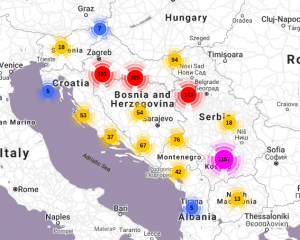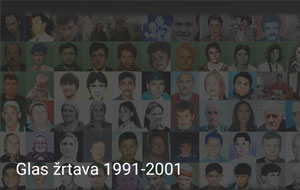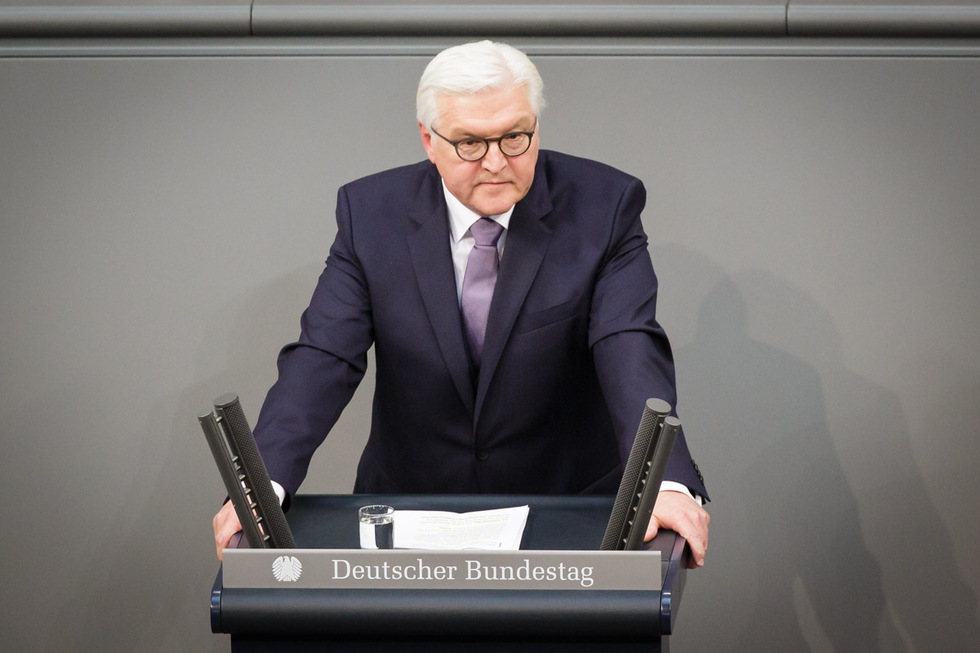
18.06.2021.
Govor nemačkog predsednika povodom 80. godišnjice nemačke invazije na Sovjetski savez
Drugi svetski rat, Frank-Walter SteinmeierPovodom 80. godišnjice nemačke invazije na Sovjetski Savez u Drugom svetskom ratu, na zvaničnoj internet stranici nemačkog predsednika Frank-Walter Steinmeiera objavljen je govor kojim se odaje počast i čuva sećanje na 27 miliona sovjetskih žrtava nacizma, od kojih su 14 miliona bili civili.
Govor nemačkog predsednika prenosimo u celosti, na engleskom jeziku:
Federal President Frank-Walter Steinmeier to mark the 80th anniversary of Germany’s invasion of the Soviet Union on 18 June 2021 in Berlin
Boris Popov bears witness to 22 June 1941 as a young infantryman. He is 19. His unit is stationed a few kilometres from Minsk. After breakfast on the morning of 22 June, he relates, he and his comrades went into the garden to sunbathe. He hears the first shots and explosions from there, lying in the grass. It is a Sunday.
Two of his comrades are killed in the very first battles; his tank is destroyed. The commander of the regiment gives the order to retreat. The soldiers start to make their way back to Minsk on foot, unaware that the German Wehrmacht is lying in wait there. And so Boris Popov is captured by the Germans – ten kilometres outside Minsk, in the very first days of the war.
The first camp that he is brought to is Drosdy, five kilometres north of Minsk – it is hardly a camp, but rather a collection point in the open. Images from a Deutsche Wochenschau broadcast from around this time show the place in question: a vast patch of ground, surrounded by barbed wire on which thousands upon thousands of Soviet soldiers and officers are crouching in the dust or standing in the sweltering summer heat. You can see many of them dressed in civilian working clothes, in simple quilted jackets, while others are sporting uniform shirts with caps atop their heads – young and middle-aged men. Boris Popov is somewhere among that crowd. We hear the narrator of the Deutsche Wochenschau say the following: “The faces of these sub-humans are characterised by rapacity and murderousness.” What we actually see are the faces, wracked by hunger and thirst, of utterly exhausted prisoners.
Ten thousand prisoners fall victim to the so-called “Commissar Order” in Drosdy alone. Supposed “political commissars” of the Red Army were, in line with orders from the Wehrmacht, not to be treated as prisoners of war, but rather (and I quote) to be “summarily executed”.
Boris Antonovich Popov, a soldier and veteran of the Red Army, died exactly one year ago, on 20 June 2020, at the age of 98. I did not have the opportunity to meet him, but I did hear about his story, which Boris Popov himself told us about in lectures and speeches and, most recently, in a documentary by Rundfunk Berlin Brandenburg five years ago.
You see him sitting on a bench in this film, at a park in Minsk where he lived from 1950 onwards. Sitting there, he does not look like a man in his nineties. He is old, to be sure, but without a trace of fatigue. Lively, alert – he cuts a dashing figure.
He was lucky. He survived the war. And we can count ourselves lucky that he was able to tell us his story.
His is the story of but one soldier. And the war that he tells us about had started already two years previously with Germany’s invasion of Poland – two years in which the Second World War had brought destruction, occupation and tyranny to large parts of Europe.
What now came to pass, what began on 22 June 1941, was an unleashing of hatred and violence, the radicalisation of a war that culminated in the madness of total annihilation. From day one, the German military campaign was driven by hatred, by antisemitism and anti-Bolshevism, as well as by a fanatical racist doctrine against the Slavic and Asian peoples of the Soviet Union.
Those who waged this war killed people in every imaginable way, with an unprecedented degree of brutality and cruelty. Those who were responsible for it, who in their national fanaticism even invoked German culture and civilisation, Goethe and Schiller, Bach and Beethoven, betrayed all civilised values, violated all principles of humanity and law. The German war against the Soviet Union was murderous barbarity.
As difficult as we may find it, we must call this to mind. Remembering this inferno, this absolute enmity and the act of dehumanising the other – remembering this continues to be an obligation for us Germans and a memorial for the world.
Hundreds of thousands of Soviet soldiers fell, starved to death or were shot dead during the first few months of the war alone, in the summer of 1941.
Immediately after the invasion by the German troops, the murder of Jewish men, women and children by the firing squads of the Sicherheitsdienst (SD) and the SS and their auxiliary troops got under way.
Hundreds of thousands of civilians in Ukraine, in Belarus, in the Baltic States and in Russia fell victim to bombing attacks or were relentlessly hunted down as partisans and murdered. Cities were destroyed and villages burned to the ground. Old photographs show only charred stone fireplaces rising in a devastated landscape.
At the war’s end, the death toll in the Soviet Union numbered some 27 million people. Twenty-seven million people were killed, murdered, bludgeoned, starved or left to die as a result of forced labour by National Socialist Germany.
Fourteen million of them were civilians.
No one had to mourn more victims in this war than the peoples of the then Soviet Union. And yet these millions are not as deeply etched in our collective memory as their suffering and our responsibility demand.
This war was a crime – a monstrous, criminal war of aggression and annihilation. Those who travel to its theatres today, who encounter people who bore the brunt of it, will be reminded of 22 June 1941 – irrespective of whether there is a day of remembrance or memorial or not.
Traces of this day are to be found among the elderly who experienced it as children, and in the younger generation, in their grandchildren and great-grandchildren. You can find them from the coast of the White Sea in the north to Crimea in the south, from the dunes of the Baltic in the west to Volgograd in the east. They are scars of war, scars of destruction, scars of loss.
What remained were mass graves, brothers’ graves, as people say in Belarusian, Ukrainian and Russian.
The murdering continued in the hinterland. On 31 January 1942, Wehrmacht soldier Paul Hohn, who was stationed in Berazino in what is now Belarus, wrote the following in his diary: “It’s 3 p.m. The shooting of all Jews who still live here ‒ 962 people, women, old folk and children ‒ started an hour ago. (…). At long last. A commando of 20 men from the Gestapo is carrying out the action. They are taking it in turns to shoot in twos. The Jews walk in single file (…) through the snow to the open grave, which they enter one by one and are shot lying down one after another. (…) In this way, the plague is being eradicated. From the window of my workplace, I can see the ghetto 500 metres away and hear screams and shots clearly. It’s a pity I’m not taking part.”
Every war brings devastation, death and suffering. And yet this war was different.
It was an act of German barbarity. It cost millions of human lives, laid waste to the continent and – as a consequence – divided the world for decades.
The war and its legacy have also divided our memory, a division that has yet to be overcome even three decades after the lifting of the Iron Curtain. It continues to be a burden for the future. Changing this state of affairs is our task, a task for which we urgently need to redouble our efforts beyond borders – for the sake of the past, but, above all, for the sake of a peaceful future for coming generations on this continent. That is why we are here today, at a historic site, at a museum supported by 17 institutions from four nations. Their four flags are flying in front of this building.
You can sense traces of the war even where its visible ones are now obscured or concealed by the undergrowth of a fateful century, by the years of Stalinism, the Cold War, the end of the Soviet Union. The war remains tangible – like a scar that you run your fingers over.
But are we Germans doing that? Are we looking in that direction at all, towards the east of our continent about which we know far too little?
Who in Germany is familiar with Maly Trostenets in the vicinity of Minsk, where at least 60,000 people were murdered from 1942 to 1944? Or the little village of Khatyn, which was razed to the ground in the summer of 1943 with all of its inhabitants murdered – half of whom were children? Who has heard of Koriukivka in northern Ukraine, where, over the course of two days, 6700 men, women and children fell victim to the biggest and most brutal reprisal of the Second World War?
Who knows the town of Rzhev, not far from Moscow, where the Red Army suffered over a million dead and wounded there alone in the course of a seemingly never-ending battle?
Who knows the little town of Mizoch, on the outskirts of which its Jewish population was shot dead in the space of just a single day, on 14 October 1942? Five photographs by German policeman Gustav Hille bear sole witness to the scene of the crime, which is a gentle, hilly meadow today.
“Stillness and silence hang over the dead who lie buried beneath the collapsed homes covered by grass. The stillness is worse than tears and curses.” This is what Vasili Grossman wrote in the autumn of 1943.
Yet in the silence you can hear them, the stories of the survivors, the Soviet prisoners of war, the forced labourers, displaced citizens who were robbed of their homes and possessions, the Red Army soldiers who went on to push back and defeat the Wehrmacht. One of them was David Dushman, who, as the last surviving liberator of Auschwitz, died just a few days ago – like Boris Popov at the age of 98. He, too, told us about these events throughout his lifetime.
Yes, ladies and gentlemen, this war casts a long shadow, a shadow that hangs over us to this very day.
In a letter to his wife, Helmuth James Graf von Moltke, who worked in the international law division of the Wehrmacht High Command, wrote the following in August 1941 (and I quote) “once more the news from the east is […] terrible.” (…) “we bear the responsibility for hecatombs of corpses”. Time and again, he writes, news filtered through of transports of prisoners and Jews, of which only 20 percent arrived. Time and again, there were reports of starving prisoners in the camps, as well as outbreaks of typhus and other epidemics caused by general privation.
The war of which von Moltke wrote abandoned every human dimension. But it was people who conceived of it and carried it out. They were Germans.
And so it leaves in its wake – for each and every generation anew – the agonising question: How could this happen? What did our forebears know? What did they do?
Nothing that happened in the depths of the east back then was a coincidence. The operational units of the security forces (Sicherheitspolizei), the SD, the Waffen-SS and those helping them did not haphazardly blaze their murderous and pillaging trail. They followed the destructive insanity and murderous plans that had been drafted at the Reich Security Main Office and at the competent Reich ministries. And they followed the Wehrmacht, German soldiers, who had previously robbed and harassed the population or executed alleged partisans. The criminal war of aggression wore the uniform of the Wehrmacht. The soldiers of the Wehrmacht also had a hand in its cruelties. We Germans have taken a long time, too long, to admit this fact.
The plans that the German soldiers followed were called “Generalplan Ost” and the “Hunger or Backe Plan”, enshrining inhumanity as a principle. They were plans whose objective was to exploit and starve people to death, to displace and enslave them and, ultimately, to annihilate them.
Officials at the Reich Security Main Office planned the annihilation with cynical precision. They planned a war that declared the entire Soviet population to be the enemies, from newborn babies to the very old. The enemies were to be defeated not just militarily, but were also to be made to pay for the war imposed upon them themselves, with their lives, their property, with everything that was part of their existence. The entire European part of the Soviet Union, whole stretches of today’s Ukraine and Belarus – and I quote from the orders – were to be “cleansed” and prepared for German colonisation. Metropolises such as Leningrad, present-day Saint Petersburg, Moscow or Kyiv, were to be razed to the ground.
Soviet prisoners of war were not thought of as prisoners. They were not comrades. They were robbed of their humanity; dehumanised. The Wehrmacht, which bore responsibility for the prisoners, did not have the intention of feeding them, “durchfüttern”, as this was commonly referred to at the time. And the German generals did not express disagreement with Hitler’s intention of making the Wehrmacht the executors of this crime. “Non-working prisoners of war must starve.” That was the order issued by the Quartermaster General of the German Army in November 1941.
Boris Popov starves in four different prisoner of war camps, from the first to the last day of his captivity. In Drosdy, he relates, it is only after 12 days that they are given half a litre of “balanda”, a watery soup that they scoop out of a cast-iron trough, with German guards chivvying them along.
In addition to hunger, the prisoners had to endure deadly hygienic conditions. Vermin, epidemics and diseases spread. Prisoner of war Nikolai Nikolaevich Danilov recounted the following: “Sick and healthy people were lying on top of each other. Lice and rats were crawling over our bodies.”
n the exhibition that we are opening today, you can see what appears to be an innocuous photo. It shows hundreds of trees towering towards the heavens. Upon closer inspection, you can see that they are bereft of leaves, branches and bark. Soviet prisoners of war have scratched them from their trunks with their bare hands to avoid starving to death. The photo gives us an impression of the terror of these camps. It is from Schloss Holte-Stukenbrock in East Westphalia. This is another place where these crimes were committed, and not far away in the east, but barely an hour from my home town, from the place where I grew up and where, during my time at school, I learned nothing of what had happened there less than two decades previously.
After Drosdy, Boris Popov is taken to the former Stalag 352 in Masyukovshchina, today a district of Minsk. Here alone, 80,000 prisoners of war lose their lives. However, Popov is lucky. He is assigned to the mailroom of the military administration. In early 1942, he is transferred to a camp in Gomel and two months later to Stalag IV B in Brandenburg.
